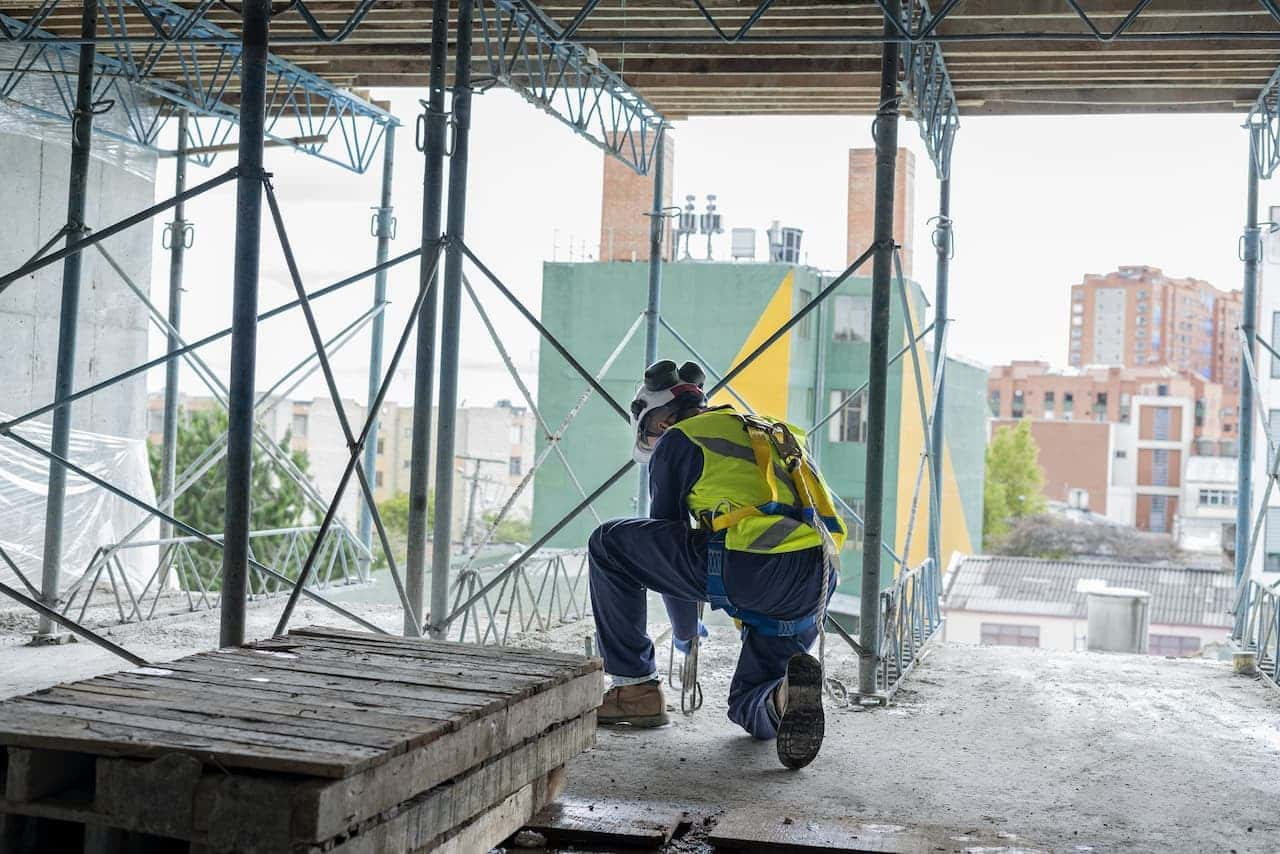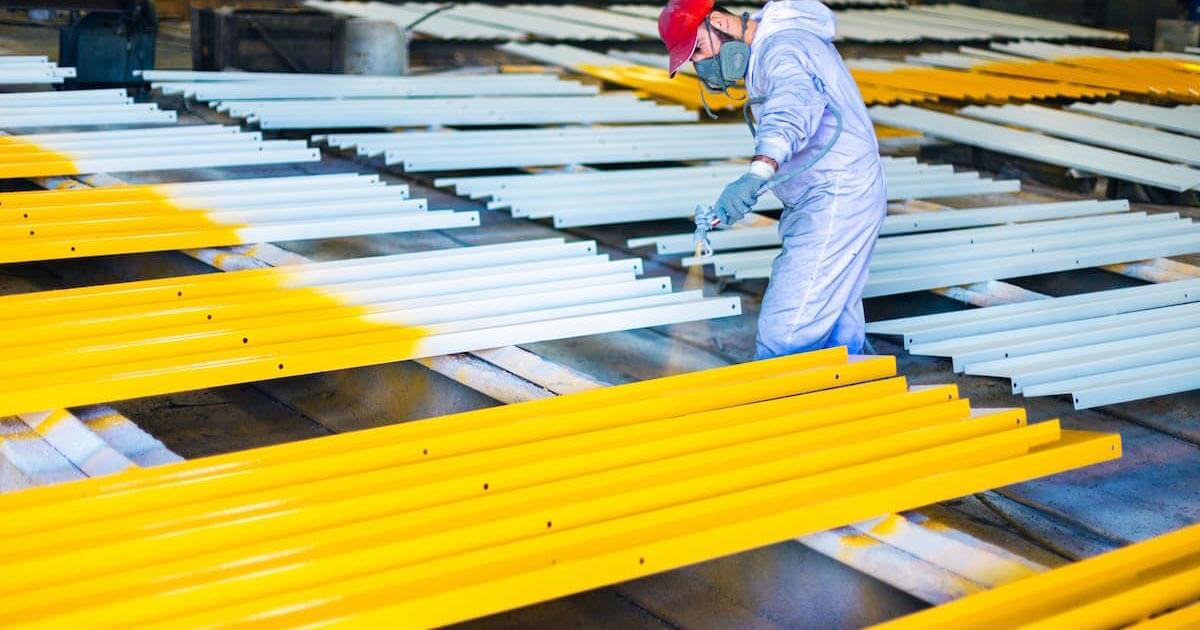As a tradesperson, your feet are more liable to injury than if you worked in a different industry, so making sure that you pick the proper footwear becomes more than having to make a choice purely based on style or comfort. Your working conditions will most likely mean that you will be vulnerable to a range of hazards, so picking the correct safety equipment is essential in protecting your feet.
The type of work you do will help decide on the type of footwear you should choose. When getting new footwear, you should consider the following:
- What you do – Will your footwear be suitable for what your job requires?
- Potential hazards – Will your footwear protect you from falling equipment or trips and slips?
- Your working environment – Will you be based in an office or on a work site?


















